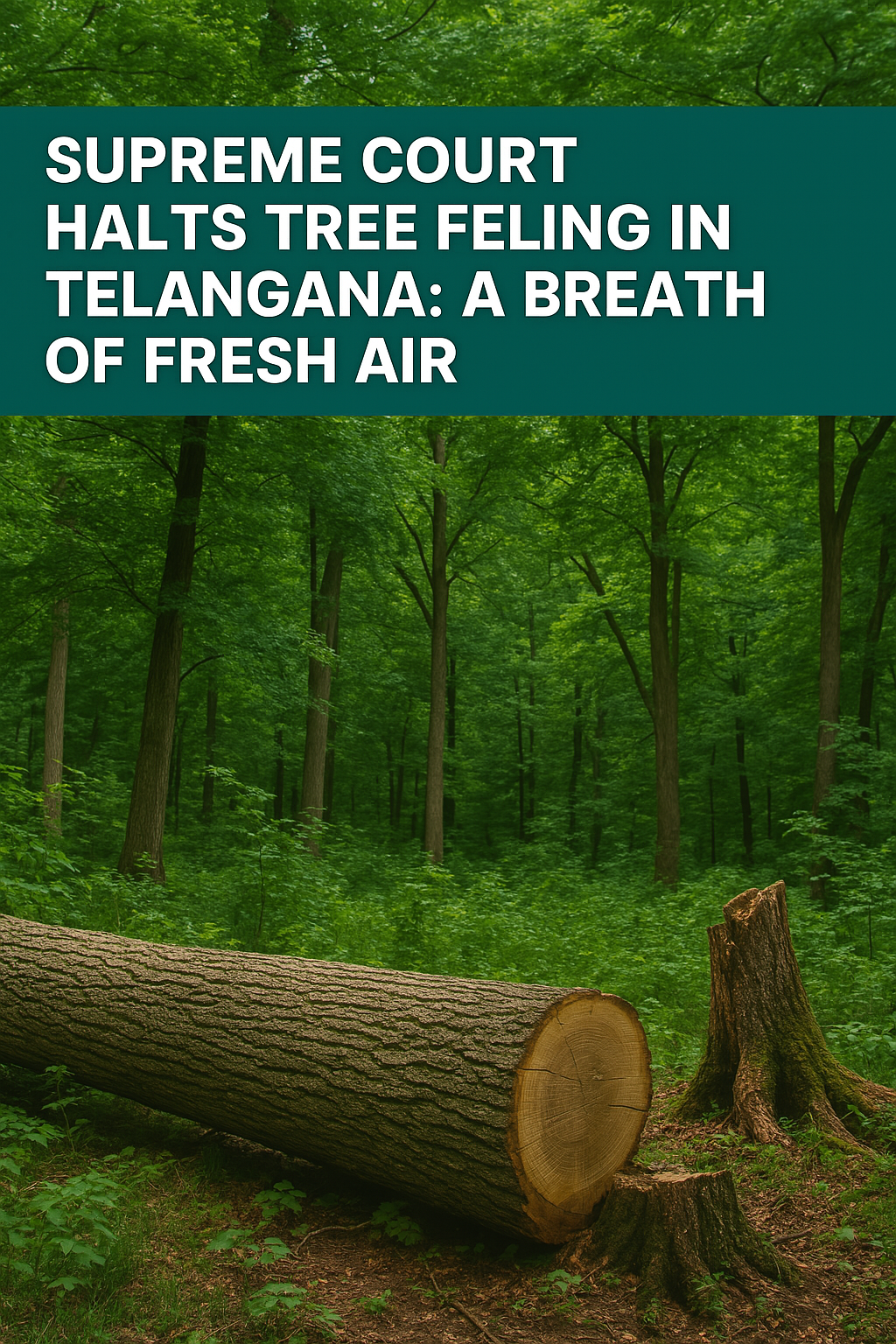Environmental laws at Bhutan
Bhutan is widely regarded as a leader in environmental protection, with a strong commitment to sustainable development and conservation. The country has implemented a range of environmental laws and policies aimed at protecting its rich biodiversity, preserving its natural resources, and addressing climate change. Bhutan’s approach to environmental governance is based on the principle of Gross National Happiness (GNH), which integrates environmental sustainability into its development philosophy. Here are some of the key environmental laws and regulations in Bhutan:
1. The Environmental Protection Act of Bhutan 2007 (EPA)
The Environmental Protection Act (EPA) of Bhutan 2007 is one of the foundational pieces of environmental legislation in the country. It provides a comprehensive legal framework for the protection and management of Bhutan’s environment. The EPA includes provisions for the following:
Environmental Impact Assessments (EIA): The Act mandates that all development projects, particularly those that may have significant environmental impacts, undergo an Environmental Impact Assessment (EIA) before approval. This ensures that the potential environmental effects are identified and mitigated.
Pollution Control: The EPA includes provisions to control air, water, and noise pollution. It sets standards for pollutants and mandates the proper disposal of waste.
Natural Resource Management: The Act regulates the use of natural resources, promoting sustainable practices and conservation.
Penalties and Enforcement: The Act provides for penalties and fines for violations of environmental regulations, with the aim of enforcing compliance.
2. The Forest and Nature Conservation Act 1995 (FNCA)
The Forest and Nature Conservation Act of 1995 is another key piece of legislation designed to protect Bhutan’s rich forest resources and wildlife. Bhutan is known for its vast forests, which cover over 70% of the country’s land area, and this law ensures the sustainable use and conservation of these natural resources. Key provisions include:
Protected Areas and National Parks: The law establishes national parks, wildlife sanctuaries, and biological corridors to conserve biodiversity and protect endangered species.
Forest Management: The Act regulates forest management and logging, ensuring that forest resources are used sustainably and that deforestation is minimized.
Wildlife Protection: The law protects Bhutan’s wildlife, including species such as the Bengal tiger, snow leopard, and red panda. It includes measures to prevent poaching and habitat destruction.
3. The Water Act of Bhutan 2011
The Water Act of Bhutan regulates the management and protection of water resources, recognizing water as a critical resource for both environmental and human needs. The Act includes:
Water Quality Standards: It sets standards for the quality of water resources, including rivers, lakes, and groundwater.
Water Resource Management: The Act ensures the sustainable management of water resources, including regulating water use for agriculture, industry, and hydropower.
Conservation of Watersheds: The law emphasizes the conservation of watersheds and riparian ecosystems to protect water quality and prevent erosion.
4. The Waste Prevention and Management Act of Bhutan 2009
Bhutan’s Waste Prevention and Management Act of 2009 regulates the management of solid waste, aiming to reduce waste generation, encourage recycling, and minimize environmental pollution. Key aspects include:
Waste Segregation: The Act mandates the segregation of waste into categories such as biodegradable, recyclable, and non-recyclable waste.
Public Awareness: The law emphasizes public awareness campaigns to educate citizens about waste reduction, recycling, and responsible waste disposal.
Waste Disposal: The Act sets guidelines for the safe disposal of hazardous and non-hazardous waste and regulates landfills to prevent environmental contamination.
5. The National Environment Protection and Standards Act (NEPSA)
The National Environment Protection and Standards Act is designed to set environmental standards for air, water, and soil quality in Bhutan. The Act is closely aligned with the Environmental Protection Act and works to enforce pollution control measures, promote cleaner production technologies, and set national standards for pollution limits.
6. The Biological Diversity Act of Bhutan 2003
The Biological Diversity Act focuses on the conservation and sustainable use of biological diversity in Bhutan. Bhutan is home to a wealth of biodiversity, including rare and endangered species, and this law aims to protect this natural heritage. The key provisions include:
Conservation of Biological Resources: The Act promotes the conservation of biological resources, including forests, wildlife, and medicinal plants.
Access to Genetic Resources: The Act regulates access to Bhutan’s genetic resources, ensuring that benefits derived from these resources are shared equitably with local communities.
In-situ and Ex-situ Conservation: The Act encourages both in-situ (on-site) and ex-situ (off-site) conservation methods to protect species and ecosystems.
7. The Forest (Amendment) Act of 2000
The Forest (Amendment) Act of 2000 introduced changes to the original Forest and Nature Conservation Act of 1995. It focuses on promoting community involvement in forest management and ensuring the equitable distribution of forest resources. Key provisions include:
Community Forestry: The Act encourages community-based forest management, allowing local communities to sustainably use and manage forest resources.
Sustainable Forest Products: It emphasizes the sustainable harvesting of non-timber forest products such as medicinal plants, mushrooms, and herbs.
8. The Environment and Social Management Framework (ESMF)
Bhutan also has the Environment and Social Management Framework (ESMF), which is used to assess the potential environmental and social impacts of development projects. This framework is used to ensure that development activities, particularly infrastructure projects, adhere to environmental protection standards and minimize negative impacts on communities and ecosystems.
9. The Renewable Energy Policy of Bhutan 2009
The Renewable Energy Policy supports Bhutan’s commitment to clean, renewable energy. The policy focuses on promoting the development and use of renewable energy sources such as hydropower, solar, and wind. Bhutan’s hydropower potential is vast, and the country aims to harness this resource while ensuring environmental sustainability. The policy also includes provisions to reduce dependence on fossil fuels and promote energy efficiency.
10. Climate Change Policy of Bhutan (2013)
The Climate Change Policy outlines Bhutan’s approach to addressing climate change. Bhutan is unique in that it is a carbon-negative country, meaning it absorbs more carbon dioxide through its forests than it emits. The policy focuses on:
Mitigation: Reducing greenhouse gas emissions through the promotion of renewable energy, energy efficiency, and sustainable land-use practices.
Adaptation: Building resilience to the impacts of climate change, including measures to protect agriculture, water resources, and biodiversity from changing climate patterns.
International Cooperation: Bhutan advocates for global climate action and supports the implementation of the Paris Agreement.
Key Institutions and Agencies:
The Ministry of Agriculture and Forests (MOAF): Responsible for managing forests, wildlife, and natural resources.
The National Environment Commission (NEC): This body is responsible for coordinating environmental policy, monitoring environmental conditions, and enforcing environmental laws.
The Department of Forests and Park Services (DoFPS): Manages Bhutan’s forests and protected areas.
The Bhutan Environment and Social Management Framework (ESMF): Ensures that development projects meet environmental and social standards.
International Agreements:
Bhutan is a signatory to several international environmental agreements and conventions, including:
The Convention on Biological Diversity (CBD)
The United Nations Framework Convention on Climate Change (UNFCCC)
The Paris Agreement
The Ramsar Convention on Wetlands
The Convention on International Trade in Endangered Species of Wild Fauna and Flora (CITES)
Conclusion:
Bhutan’s environmental laws reflect the country’s deep commitment to sustainability and conservation, emphasizing the protection of its natural resources while promoting sustainable development. With a legal framework that includes policies for pollution control, biodiversity conservation, and climate change mitigation, Bhutan is positioned as a global leader in environmental stewardship. These laws are guided by the principle of Gross National Happiness, which seeks to balance economic, social, and environmental well-being.




























0 comments